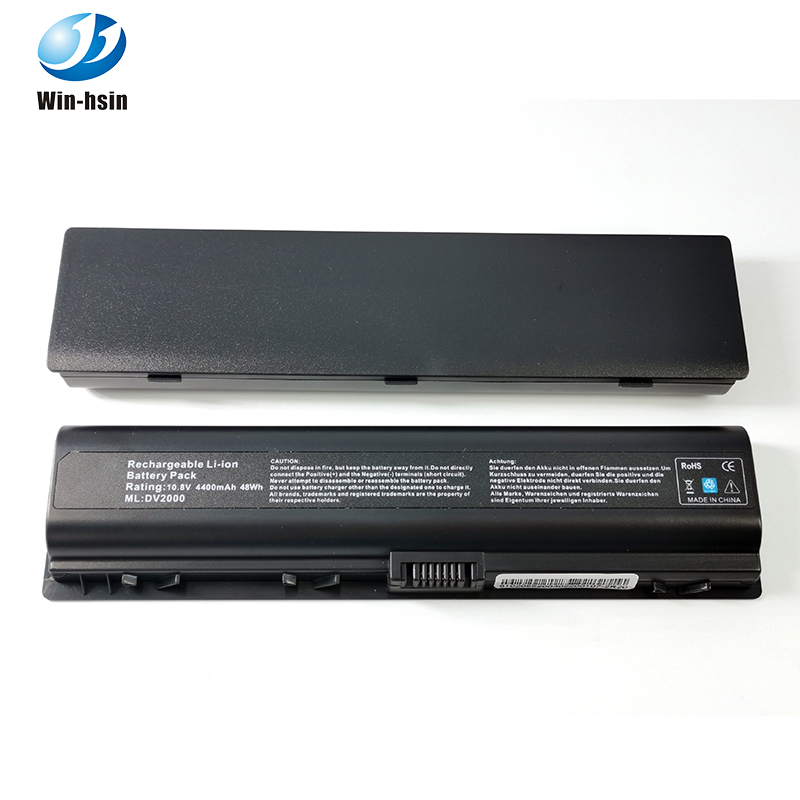

- DELL POWER MANAGER BATTERY HEALTH INSTALL
- DELL POWER MANAGER BATTERY HEALTH UPDATE
- DELL POWER MANAGER BATTERY HEALTH DRIVER
When a battery expands from deterioration, it’s most often caused by the formation of non-flammable carbon dioxide (CO2) gas. When a battery has deteriorated a lot, battery life might be very short or the lithium-ion cells may expand. If you need to store your device for a long period of time, it’s best to make sure the battery level is below 50% but not completely drained before storing your device. Batteries that are more fully charged and then stored may lose capacity faster. Store your device with the battery charged to below 50% but not completely drained. Extremely high temperatures can cause lithium-ion batteries to deteriorate at an accelerated rate, which can permanently lower the battery capacity. Try not to use your device or charge it at high temperatures. If your device supports Smart charging, turn it on to make sure that your device stays charged to the recommended battery level-even if you keep your device plugged in.Īs you use your battery, you should avoid some conditions because they can lead to the battery deteriorating and aging at a faster rate: To help extend battery life and performance, try to keep the battery level between 20% and 80% several times a week instead of using your device for only a short amount of time, and then plugging it in to recharge the battery.

Like all batteries, lithium-ion cells age and deteriorate over time and with use. Therefore, battery life may be reduced and you’ll need to charge your battery more frequently. When battery capacity is lower, the battery can’t be charged as much as it used to compared to when it was newer. This will help reduce deterioration in the battery cells. When using your device, make sure the battery regularly drains below 50%. This means you’ll need to charge your battery more often and the overall battery capacity may be lower. The capacity of lithium-ion cells is reduced after a certain number of times the battery is charged and then discharged. These batteries charge quickly, discharge at a steady rate, and they have high-energy density that allows for small cell sizes in batteries.īy understanding a little about lithium-ion batteries, you can help maximize your battery life and the overall longevity of the battery in your device: Doing that puts the standalone Dell Power Manager (and its drivers) back on the laptop and everything works again.Lithium-ion batteries are the most common type of battery used in today’s mobile devices-including laptops and tablets.
DELL POWER MANAGER BATTERY HEALTH INSTALL
So MyDell is now where this is supposed to be (but isn't) so Dell Power Manager can't install standalone, but MyDell does not have the functionality and links to the Dell Power Manger app (which can't install).įortunately, the fix is to download Dell Power Manager from the Dell Support site NOT from the Microsoft Store.
DELL POWER MANAGER BATTERY HEALTH DRIVER
In the driver pack is a check that then fails and says that this functionality has been moved to MyDell. Once the Microsoft store version of Dell Power Manager installs, it then wants to download a driver pack to complete the setup. Clicking the link opens the Microsoft store where Dell Power Manager can be downloaded and installed (downloaded an installed is necessary since Dell auto-removed this app earlier).
DELL POWER MANAGER BATTERY HEALTH UPDATE
Well, the last update to MyDell removed the new power settings from My Dell app and put in a link back to the old Dell Power Manager app. If Dell wants to move things around so be it, and that is one less app (Dell Power Manager) to deal with. I prefer the separate dedicated app rather than having to open MyDell to change power & battery settings, but the same controls from DPM were in MyDell and so I thought.whatever. Thanks Dell for just forcing that chance and not telling anyone. I would guess as a way to avoid confusing of having the same settings in two places, the Dell Power Manager app was literally removed from my Inspiron when the My Dell application was updated. Suddenly the power settings appeared in a new tile in the MyDell App. Dell Power Manager is the utility that sets battery charging profiles & charging behavior and also sets thermal profiles & system performance behavior.Ī few days ago (early May 2021), this change rolled out. Dell in its infinite wisdom decided to move the functionality from its Dell Power Manager application into the My Dell app.


 0 kommentar(er)
0 kommentar(er)
